Did you know that the peppermint flavor in your chewing gum and toothpaste, and the red-ruby grapefruit on your plate, is the result of mutation caused by deliberate irradiation? Apparently, after World War II, there was a concerted effort to find peaceful uses for atomic energy. One of the ideas was to bombard plants with radiation and produce lots of mutations, some of which, it was hoped, would lead to plants that were disease or cold-resistant or just had unusual colors. The experiments were mostly conducted in giant gamma gardens on the grounds of national laboratories in the US, Europe and countries of the former USSR, leading to untold numbers of new plant varieties. The disease resistant peppermint plant and the 'Rio Star' grapefruit, which accounts for 75% of the grapefruit production in Texas, were created in these atomic gardens.

Modern genetic engineering has replaced the need for atomic gardening, but the legacy is still carried forward by the Institute of Radiation Breeding in Japan, which currently owns the largest, and possibly the only surviving gamma garden in the world, at Hitachiōmiya in Ibaraki Prefecture. The circular garden measures 100 meters in radius, and enclosed by an 8-meter high shielding dike wall. Species within are irradiated with gamma rays from a cobalt-60 source placed inside a central pole. The purpose here is to generate new traits such as tolerance to fungus infection or consumer-friendlier fruit colors, and in general, help meet demands for development of crop varieties with new traits.
Nanotechnologist Paige Johnson of the University of Tulsa, Oklahoma, who researches atomic garden history in her spare time, says: "If you think of genetic modification today as slicing the genome with a scalpel, in the 1960s they were hitting it with a hammer". Indeed, before scientist learned how to modify genes, they induced mutations with radiation and hoped for the best.
Paige describes about these gamma garden in an interview to Pruned, that is worth reading.
It was basically a slug of radioactive material within a pole; when workers needed to enter the field it was lowered below ground into a lead lined chamber. There were a series of fences and alarms to keep people from entering the field when the source was above ground.
The amount of radiation received by the plants naturally varied according to how close they were to the pole. So usually a single variety would be arranged as a 'wedge' leading away from the pole, so that the effects of a range of radiation levels could be evaluated. Most of the plants close to the pole simply died. A little further away, they would be so genetically altered that they were riddled with tumors and other growth abnormalities. It was generally the rows where the plants 'looked' normal, but still had genetic alterations, that were of the most interest, that were 'just right' as far as mutation breeding was concerned!
According to Dr. Lagoda, the head of plant breeding and genetics at the International Atomic Energy Agency, radiation breeding has produced thousands of useful mutants and a sizable fraction of the world’s crops, including varieties of rice, wheat, barley, pears, peas, cotton, peppermint, sunflowers, peanuts, grapefruit, sesame, bananas, cassava and sorghum.
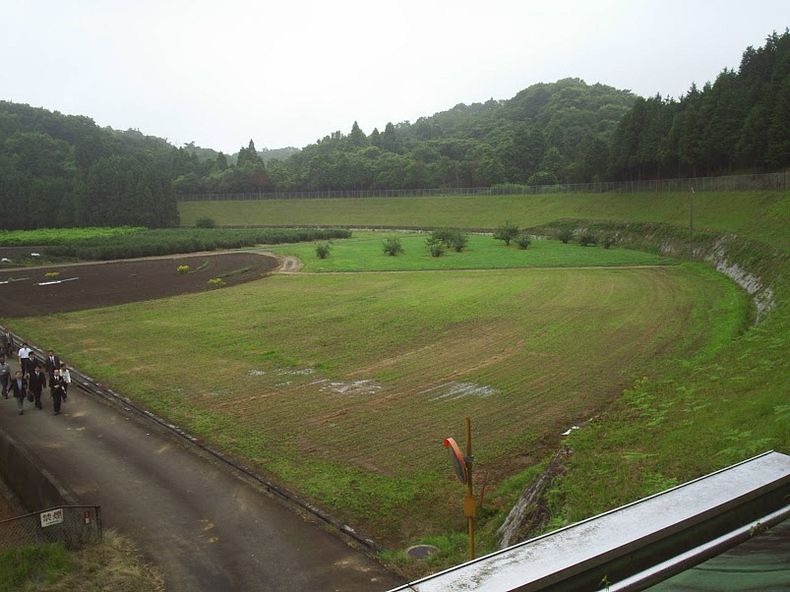
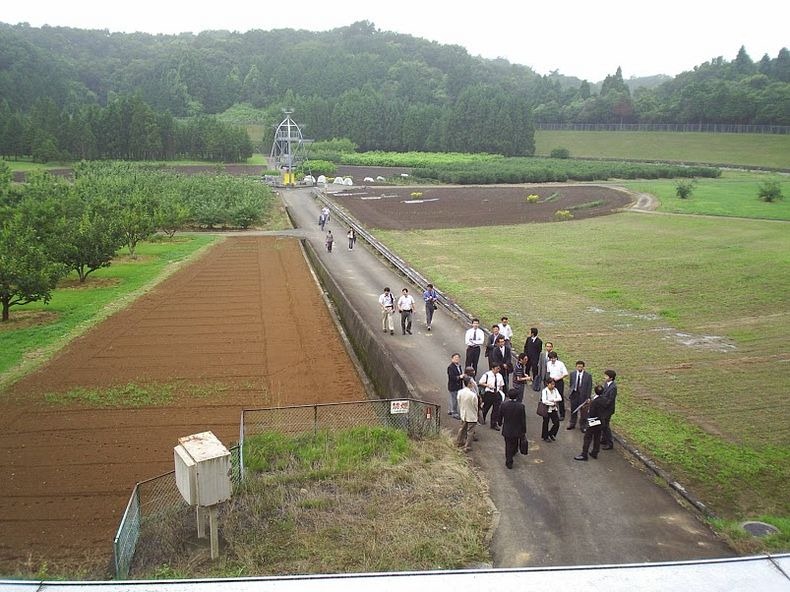
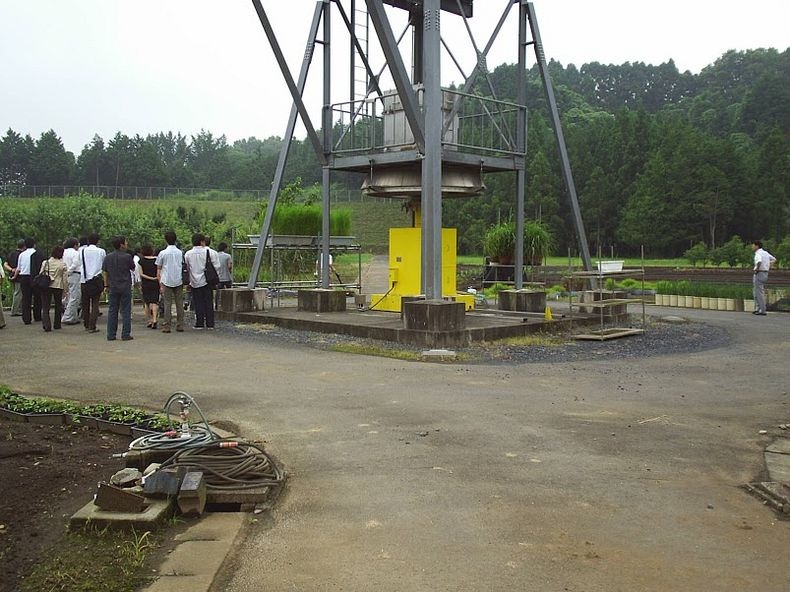
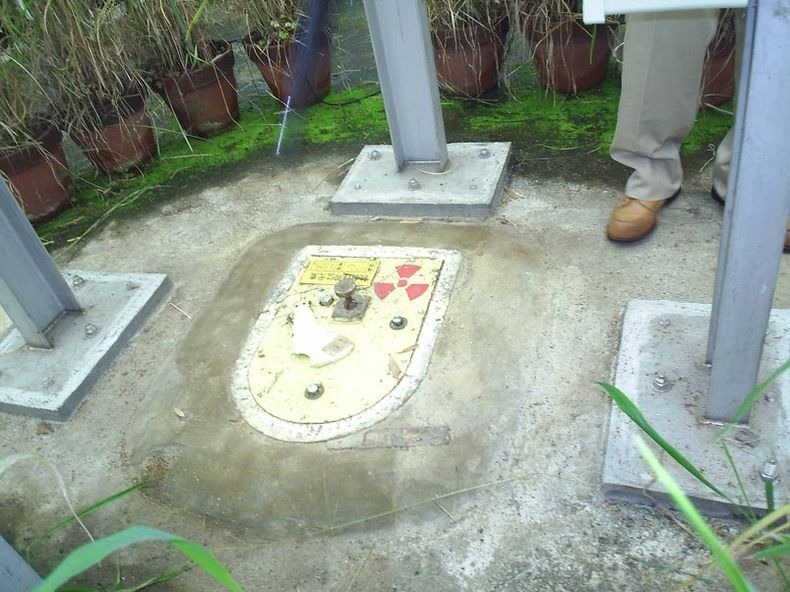
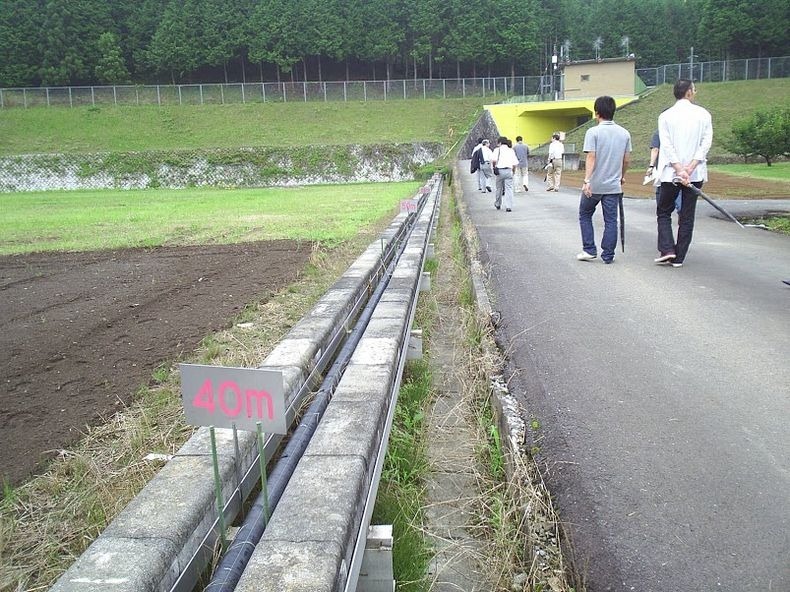
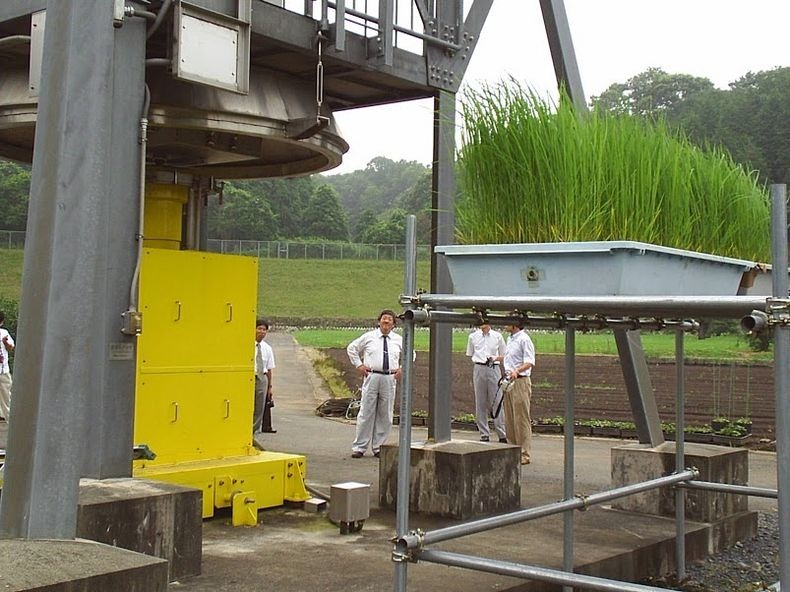
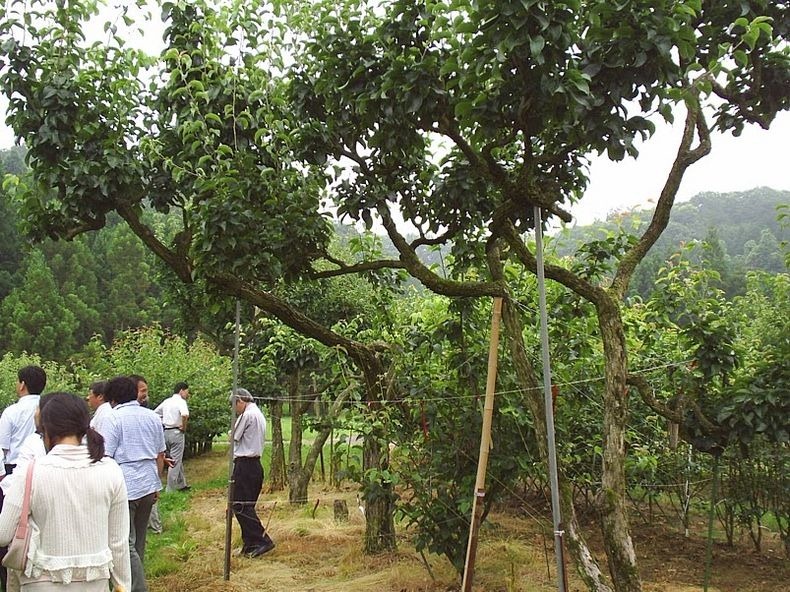
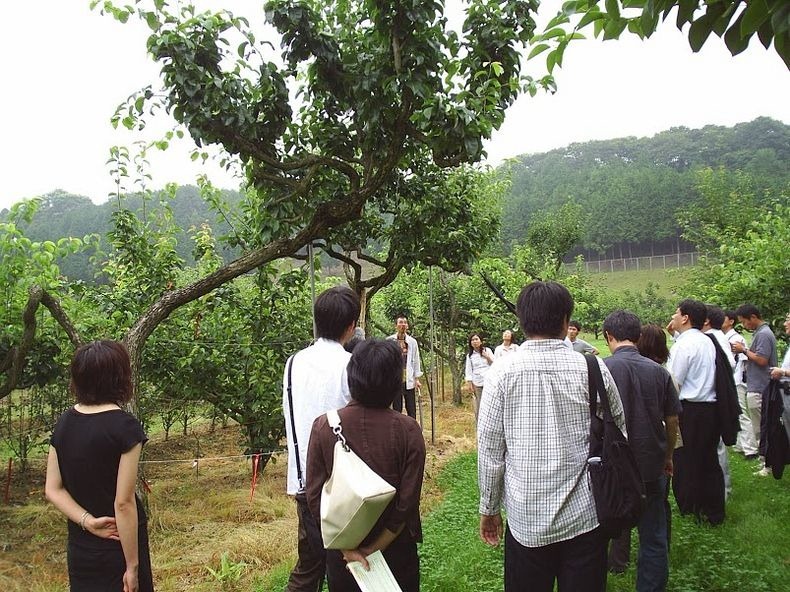
Photos: Govinda Rizal
Further Reading: Newscientist, NYTimes, Good.is



What I find most interesting here is that a lot of the "useful" foods mentioned are also some of the most common allergens and foods known to make people sick (wheat, barley, peanuts, sorghum) - it makes me wonder if the increased amount of allergies and health reactions over the years have anything to do with the radiation factors.
ReplyDeleteNo, I think that's much more to do with the human side of the equation. It's us who've gone wrong, not the plants. Due to pollution in the air and water, or the old "too clean" theory, who knows?
DeleteFilter your air and water, and feed your children dirt, just in case.
Anonymous writes:
Delete«Filter your air and water, and feed your children dirt, just in case.»
Or just feed them regular food and have them drink muddy water.
That's really interesting. I'm always astounded by the innovations of our people, and the variety we put into this earth. :)
ReplyDeleteit was very interesting that an evolution can be made by destructing atomic energy
ReplyDelete